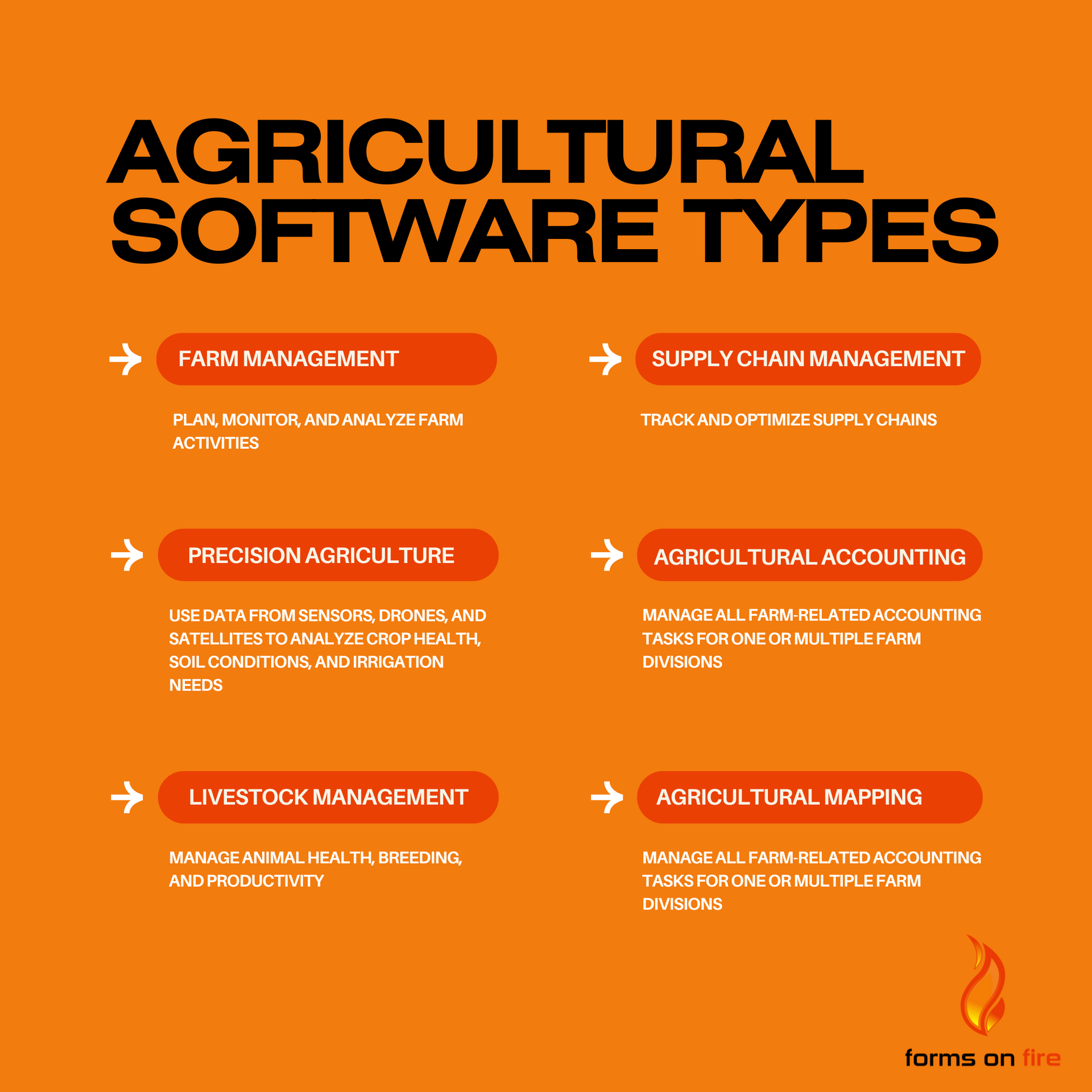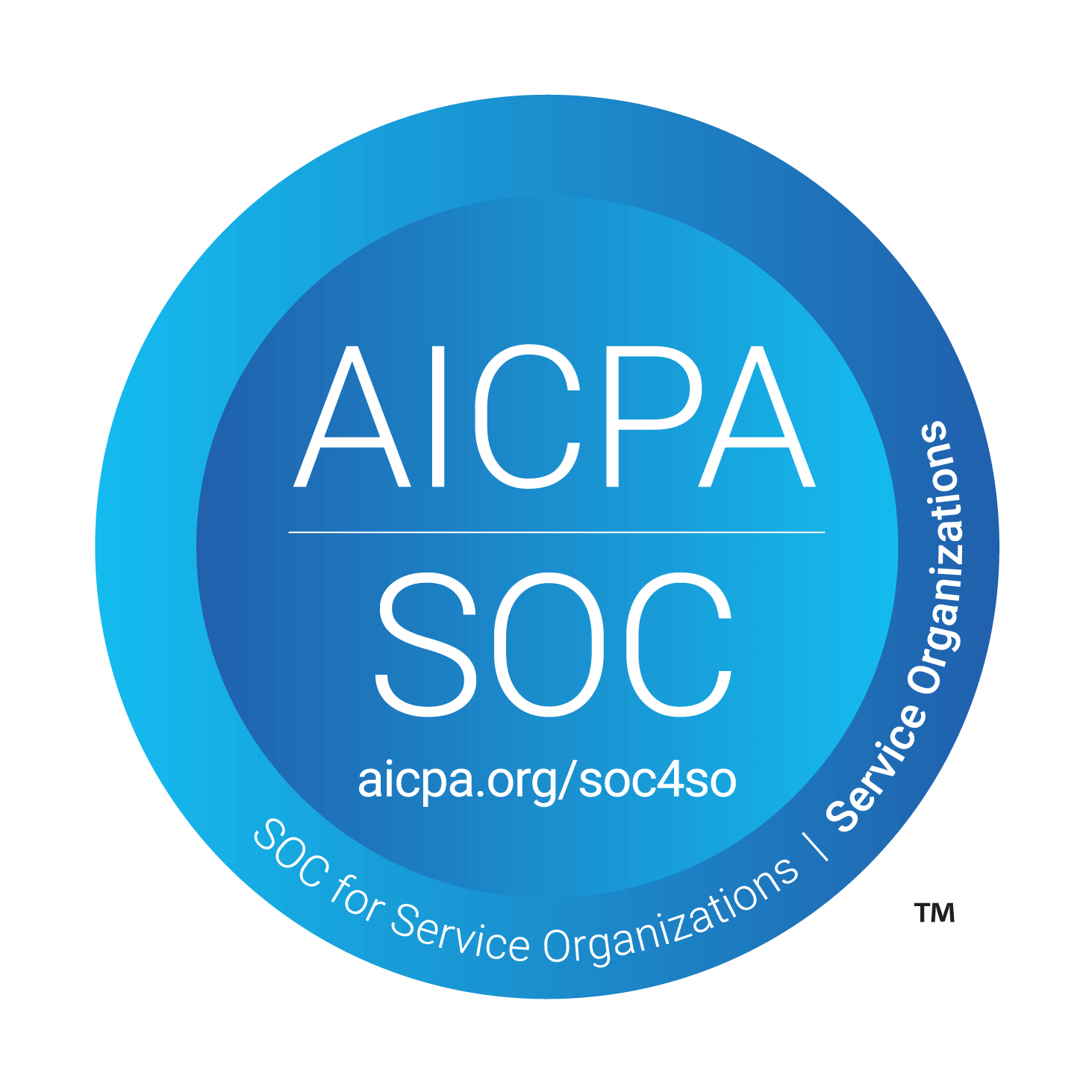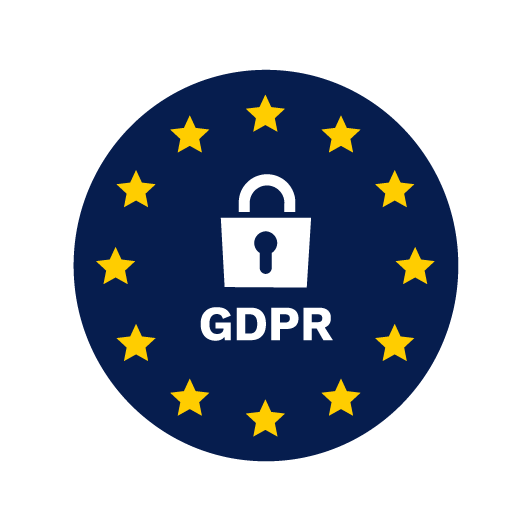Everything You Need to Know About Agricultural Software
Agricultural software revolutionizes farm operations, enabling you to manage your resources more efficiently, make informed decisions backed by concrete data from your own farm, and improve your overall productivity.
Keep reading to learn what agricultural software is and how to find a platform that’s easy to use, flexible, and equipped with all the comprehensive features indispensable for optimizing a modern farm operation.
What Is Agricultural Software?
Agricultural software is any digital solution for managing and optimizing farm operations. These digital tools support the needs and daily operations of farmers, agronomists, and other agricultural businesses. You can use automated workflows to carry out daily farm management tasks like livestock management, pest control, record keeping, risk management, quality control, and more.
When you carry out daily farm management tasks digitally, agricultural software compiles and centralizes all the associated data. This makes your data a lot easier to access, draw insights from, and act on, enhancing productivity and operational agility in the process. And since software tackles such a broad spectrum of functionalities, it’s a great solution for improving efficiency, sustainability, and profitability across the agricultural sector.
Types of Agricultural Software
Agricultural software comes in a variety of types, distinguished by functionality and the specific needs it addresses. Some common types include:
- Farm management software: Helps plan, monitor, and analyze farm activities like crop planning, field mapping, weather forecasting, inventory management, and financial tracking.
- Precision agriculture software: Leverages data from sensors, drones, and satellites to provide insights on crop health, soil conditions, and irrigation needs so farmers can optimize resource use and maximize yields.
- Livestock management software: Helps manage animal health, breeding, and tracking flock/herd productivity.
- Supply chain management software: Tracks and optimizes supply chains by improving logistics, inventory management, and traceability.
- Agricultural accounting software: Agricultural accounting software: Handles both general accounting tasks like invoicing, bill management, and payroll, and specialized farm management tasks like assessing profit and loss for specific farm divisions and noncurrent-asset accounting.
- Agriculture mapping software:
Geographical information system (GIS) mapping tells farmers where and when to plant, irrigate, fertilize, and harvest crops. Using mapping software, farmers can predict the health and productivity of a field before any visible changes to the plants occur.

Benefits of Using Agricultural Software
Here are some ways agricultural software can benefit your farm operation:
Efficient Planning and Monitoring
Agricultural software integrates all your farming activities into a single platform, centralizing and streamlining data collection and process management. This simplifies the coordination and automation of routine tasks like scheduling, monitoring, and reporting.
The resulting increase in productivity can also reduce labor expenses and optimize resource utilization to minimize waste.
Streamlined Collaboration and Task Management
Cloud-based farm administration tools help organize and schedule jobs for farm workers, ensuring that everyone can see what needs to be done, when, and how to do it. Supervisors can prioritize tasks and assign them to employees, then view the resulting data from their mobile devices once the tasks are completed.
Proactive Risk Management
Consistent monitoring with agricultural software enables farmers to catch potential issues before they become critical. Identifying and mitigating risks related to weather, pests, diseases, finances, inventory, and even market fluctuations cultivates a more secure and profitable operational environment.
When an emergency does occur, farmers can lean on crisis management tools for real-time communication with team members, emergency protocols, and a predetermined process for damage assessment and recovery efforts.
Data Management, Analytics, and Reporting
When you use an integrated solution for all farm activities, you automatically collect data at every level of your agricultural operation. Your real-time data is stored in the cloud once you connect to the internet, allowing it to be easily shared with all employees, contractors, banks, accountants, landowners, and other stakeholders. You can even distill your data into readable reports and use those insights to inform decisions on livestock management, resource allocation, financial planning, and more.
Regulatory Compliance
Agricultural software helps farmers ensure compliance with regulatory requirements and industry standards. When you use farm management software for environmental monitoring, livestock management, maintenance, and the like, you can easily align your farm operations with best practices.
Additionally, performing audits with agricultural software requires employees to follow a set of standardized procedures that automatically catalog and organize audit data in the cloud. This process results in more accurate, consistent recordkeeping practices.
When it comes time to prove compliance to a regulatory agency, you can easily access all the necessary data in one place.
How to Implement Agricultural Software
Successful software implementation is key to achieving a positive outcome. Follow the steps below to help your business reach its full potential:
Step 1: Conduct a Needs Assessment
The first step to implementing agricultural software is a comprehensive needs assessment. Examine your farm operation and keep an eye out for operational gaps and areas that could use some improvement. This will help you formulate a clear picture of what you need from your new agricultural software solution. Pay special attention to:
- Operational requirements: Specific features you need, like real-time data collection, GPS tracking, and task management.
- User needs: User-friendly convenience features that will make day-to-day operations easier for your team.
- Integrations: Seamless integration between your existing software systems and your new solution.
Step 2: Choose the Right Software
Once you’re clear on your specific needs, finding the right software is your next step. You can use the following criteria to help narrow down your options:
- Functionality: Does the software have the features and capabilities outlined in your needs assessment?
- Scalability: Can the software handle increased data and users as you scale your business?
- User experience: Is the software intuitive and easy to use?
- Support: Does the software offer customer support?
The Best Customizable Agricultural Software
Forms on Fire is an innovative mobile forms automation platform that streamlines and enhances farm management processes. Here’s why it’s the best choice for farmers:
User-friendly Interface
One of the standout features that sets Forms on Fire apart is the intuitive, user-friendly interface. Farmers, farm hands, and other stakeholders can navigate and utilize the platform like pros, regardless of their tech-savviness. And because the form builder is drag-and-drop, the backend of the app is also accessible to beginners. Anyone on the farm can easily create customized forms without any coding knowledge.
Customizable Forms
Every farm is unique. A poultry producer is going to have different software requirements than an egg layer. In fact, a single farm’s software needs may even vary from year to year.
That’s why you need a flexible agricultural software solution like Forms on Fire. You get the choice to use a preloaded template as-is, customize it to fit the nuances of your farm, or build your custom app from scratch.
Offline Functionality
Establishing a reliable internet connection that reaches every nook and cranny of your farm isn’t always possible. Most remote farms rely on satellite internet, which is liable to fail every time the wind blows a little too hard.
Forms on Fire addresses this challenge with offline functionality. Users can collect and store data without an internet connection. The data syncs automatically when you regain connectivity, ensuring no information is lost to poor signal or bad weather.
Real-Time Data Collection and Analysis
Agricultural success often hinges on timely and well-informed decisions. With Forms on Fire, you can collect and analyze data in real-time. This feature gives farmers immediate access to vital information and is critical for timely decisions about livestock health, inventory management, quality control, etc.
Compliance and Reporting
Proving your farm is in line with regulatory requirements is never fun, but it’s a whole lot easier with Forms on Fire. Use the app to generate accurate, comprehensive reports for compliance, audits, and internal reviews.
Step 3: Create your implementation plan
After choosing your software, it’s time to formulate an implementation plan that will facilitate a smooth transition from preparation to post-implementation support. Here are a few elements to jumpstart your planning process:
- Timeline: Map out a timeline for each stage of the implementation process, including software installation, data migration, and user training.
- Budget: Define a budget that covers the costs of the software, training, and necessary hardware upgrades. Keep in mind that if you previously handled farm operations on paper, you may have to purchase mobile devices for your team.
- Roles and responsibilities: Clarify and communicate the roles and responsibilities of each team member involved in the implementation.
Step 4: Train Your Team
If you want your team to adopt and embrace your new agricultural software, they need proper training. What seems intuitive to you may not be for other members of your team, and making sure everyone can use the software comfortably and with confidence is key to maximizing productivity.
You can set your team up for success by offering hands-on training sessions in a controlled environment. Be sure to also provide access to online resources and support channels in case they run into any questions on the job.
Step 5: Monitor Your Results
Continuous check-ins are a great way to ensure your new agricultural software reaches its full potential. Key performance indicators (KPIs) that reflect resource utilization and overall productivity and direct feedback from the employees using the software every day can help you review and optimize your software’s performance.

Get Started Today
Whether you run a small family farm or a large agribusiness, leveraging agricultural software is the key to staying competitive and sustainable in the years ahead. By embracing the power of technology to optimize your agricultural operations, you invest in a more efficient, productive, and profitable future for your business.
Are you ready to harness the power of agricultural software for your business? Start your journey towards a more efficient, productive, and profitable farm operation by starting your
free trial of Forms On Fire.




